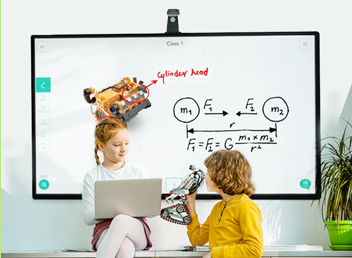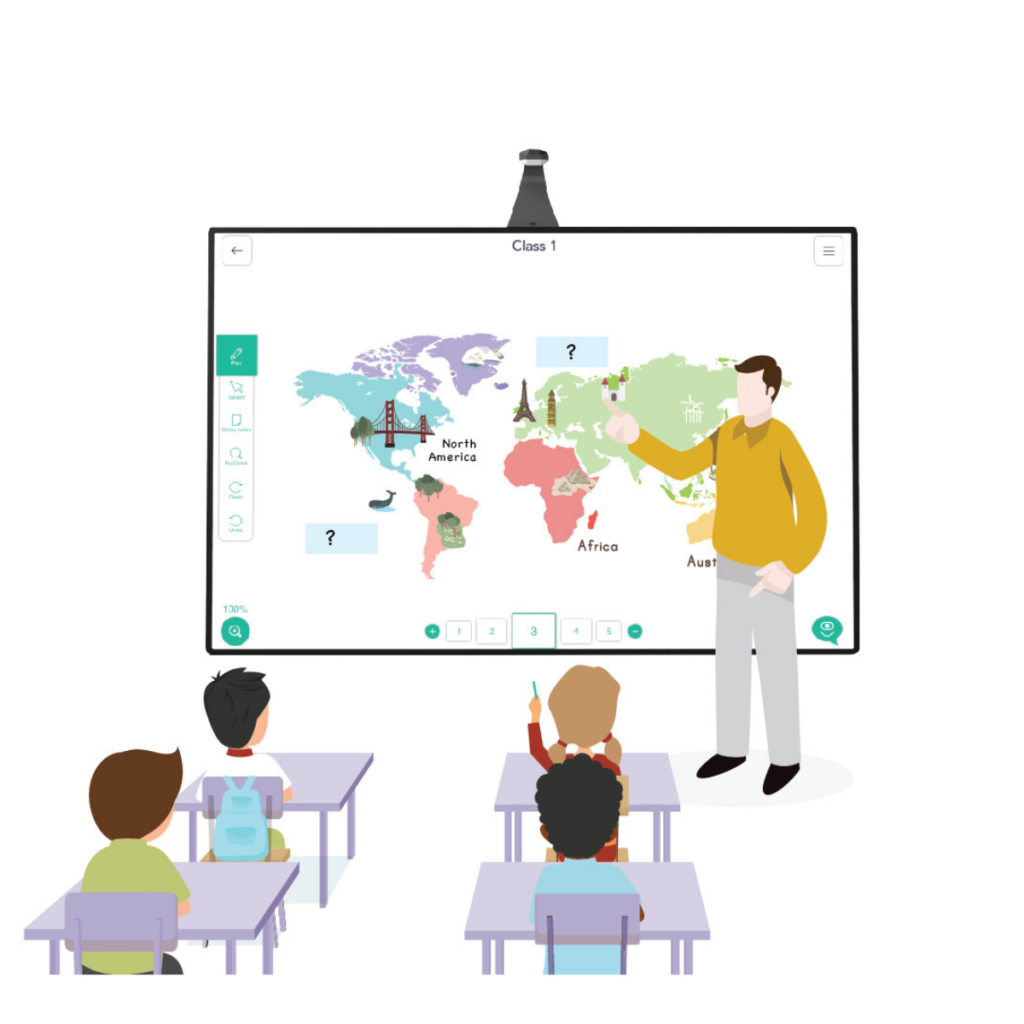
Have you come across an instance in your classroom where you witnessed the decline in the performance of a smart student? Or, was there a time when a student who is capable of great things shows no symptoms of improvement in academics?
Well, as an Indian parent or teacher, it’s easy for us to label the student as lethargic, uninterested and lazy. Some school environments and parents even go to the extent of considering such kids as dumb or incapable. They are then subjected to emotional trauma from both sides to perform well in tests and assessments and prove their capabilities.
Hardly do we ever open our eyes and talk to them about their problems, have a glimpse of their world and understand their perspectives. More than lethargy and disinterest, lack of performance is a serious outcome of an underlying concern. We call it student burnout.
What is a Burnout?
Burnout is a common scenario in workplaces and probably because it’s common, we have sort of normalised it. Student burnout is a very serious problem and the way we – as teachers and parents – have to take a sensitive approach in tackling it. But before we get to dealing with academic burnout, let’s first understand the symptoms of burnouts.
If a kid faces any of these on an everyday/frequent basis, realise that intervention is needed.
- Declining grades
- Lack of interest in going to school
- Coming up with reasons to not attend classes or school
- No interest in doing homework or studying
- Not sharing anything about school or class
- Staying away from extra curricular activities
- Reduced interactions with friends/family
Besides these obvious reasons, subtler hints like change in handwriting (from good to average to worse) and frequently misplacing books or notes could be symptoms of student burnout.
How to Deal with Student Burnout?
At any given point of time, we cannot blame a student for burnouts. Apart from struggling to deal with people, school, teachers, they are also struggling to deal with changing hormones. If there’s any ideal solution to tackle burnout, it’s from us.
And this post talks about a few pointers or insights that have worked for us.
Make Use of Technology
While it’s a cliche to say that today’s technology is actually changing the face of education, it really is. Smart classrooms from yesteryears have evolved in terms of aesthetics and functionalities. With the massive reach of the internet, these devices are also able to connect with other handheld gadgets for remote learning. With smart solutions like SparkTOUCH, teachers can redefine the way knowledge is imparted in classrooms. From just using textbooks to teach, teachers can pull videos, graphics, images and leverage the potential of interactive features to offer an immersive learning experience to students.
Kids can visualise how the digestive system functions, see the planets revolving around the sun and more, involuntarily making them participate in class and rekindle their interest in learning.

Fly Day
As adults, the first thing we need to understand is that we don’t have to wait to become an adult to tackle adult problems. Everyone feels completely demotivated sometimes and that could be any time of the week. Students are no exception in this. From waking up and getting ready to go to school to taking interest in staying attentive in class, kids sometimes don’t feel like doing anything. That’s when we need to give them the liberty to take a fly day (like how employees can) and attend classes from their home. Modern day classrooms have devices with features for collaboration. This means students can virtually attend classes from their device, contribute to teacher questions, write on the board, answer and interact with students and do more from their living room. A change like this in a week or two will only help them rekindle their interest for studies and learning.
Autonomous Projects
Education is all about learning and there is no way to do this than learning by ourselves. If you notice, you tend to have a stronger grasp and hold of things when you learn by yourself or by doing. Doing researches, watching videos, referring to books, interacting with people and interpreting them all for concise comprehension will prepare students for excellence. And teachers have to give them scope for projects like this frequently.
Apart from this, teachers and parents can also use gamification techniques to keep the interests of students sustained for a longer time. When challenges become adventures, accomplishments become rewards. Kids love having a sense of competition and accomplishment.
So these were some of the ways we could help students fight school burnouts. If you can think of other creative ways, share them on your comments below. Together, let’s make classrooms interactive and not dull.





About The Author: Sindhya Ravikumar
More posts by Sindhya Ravikumar